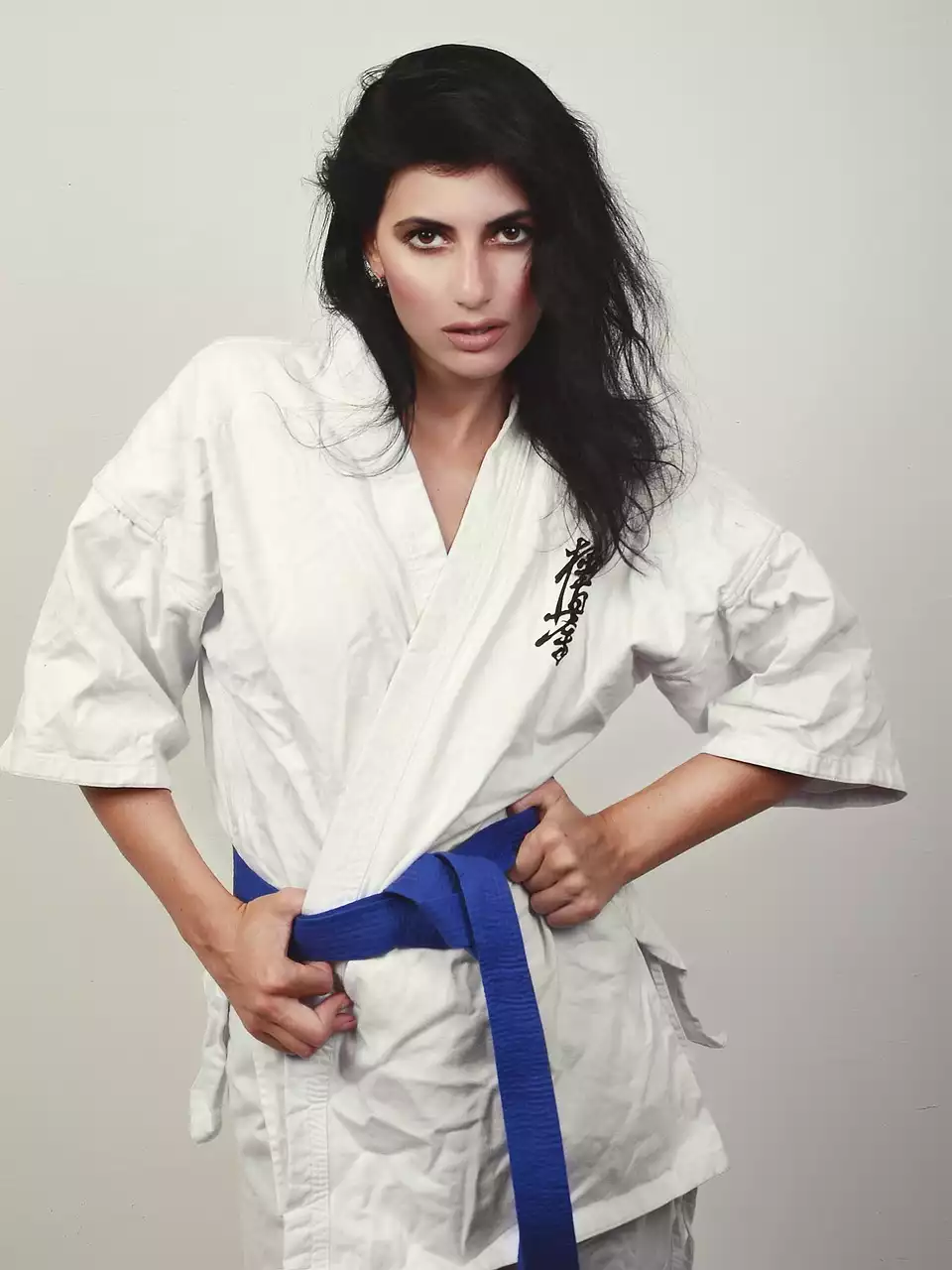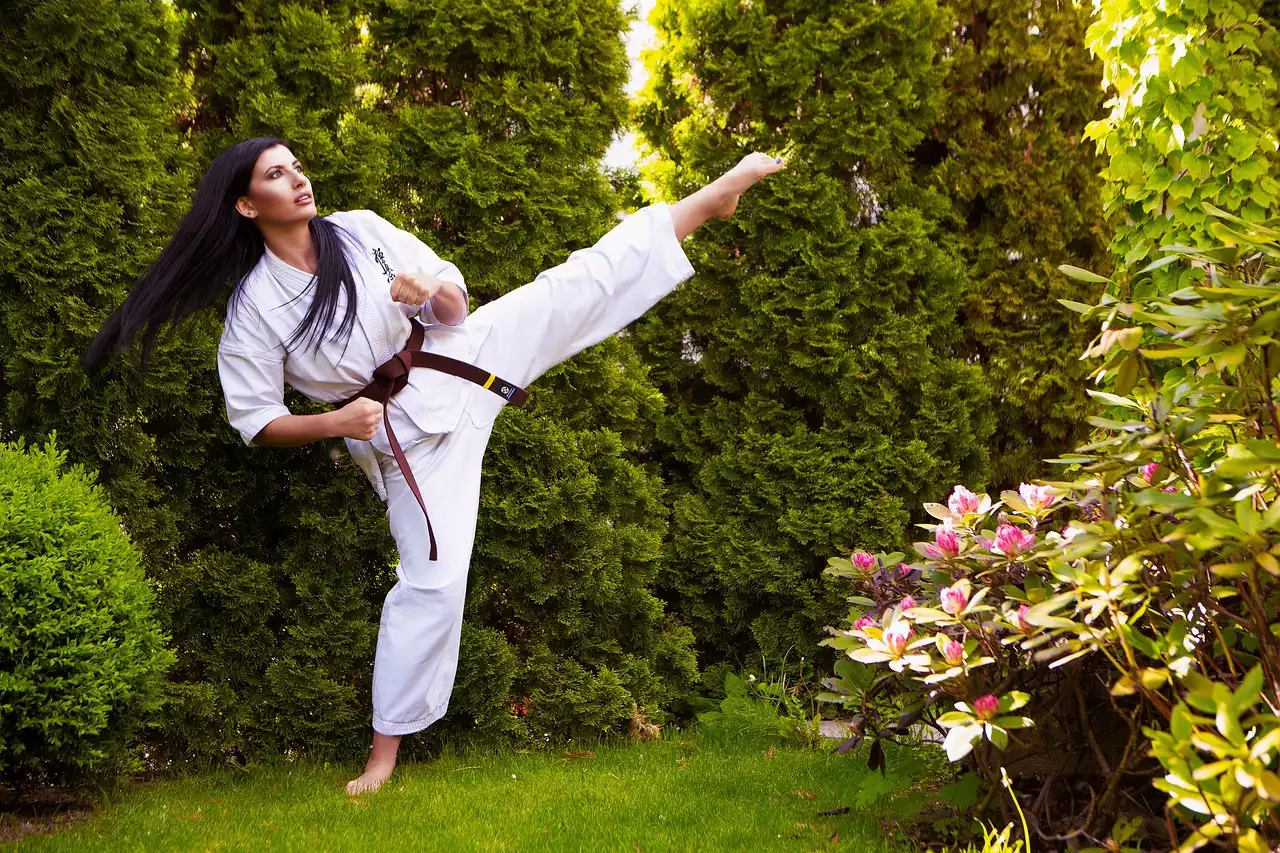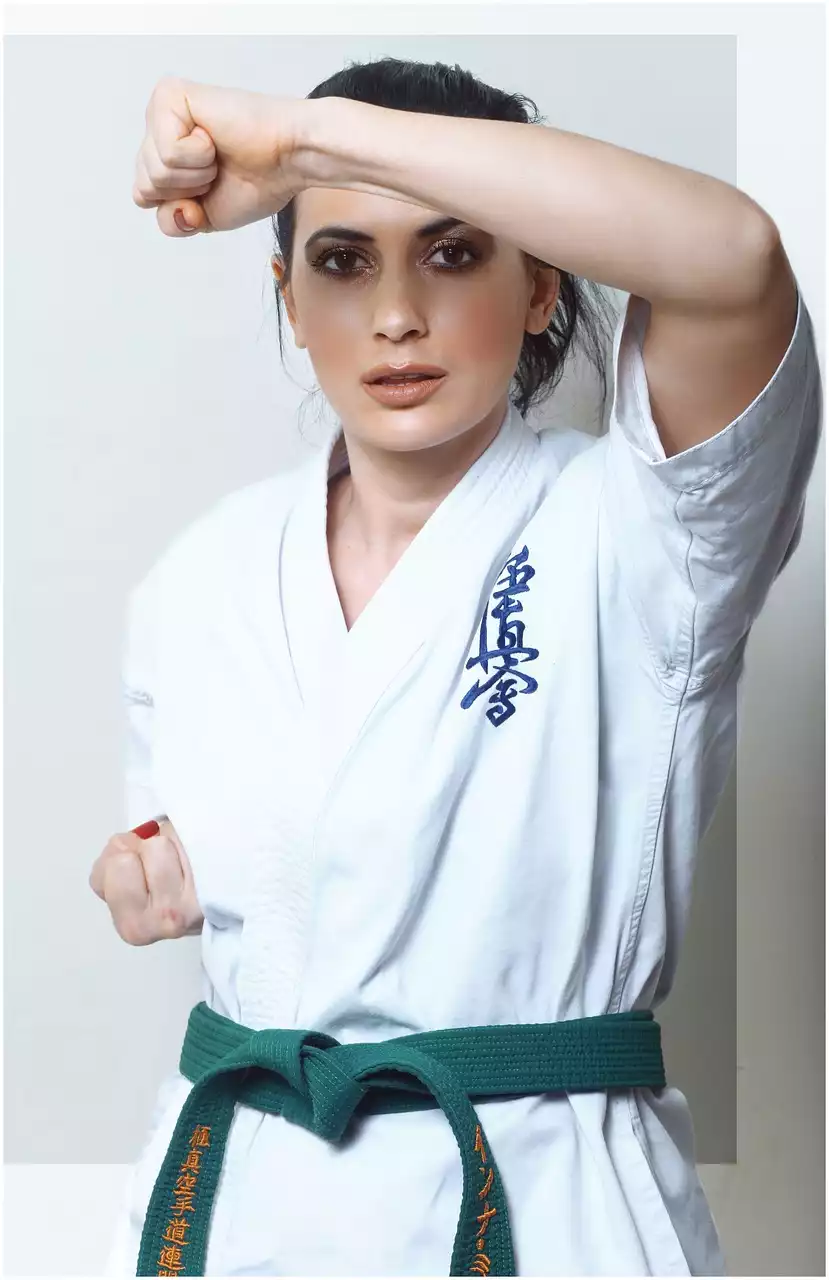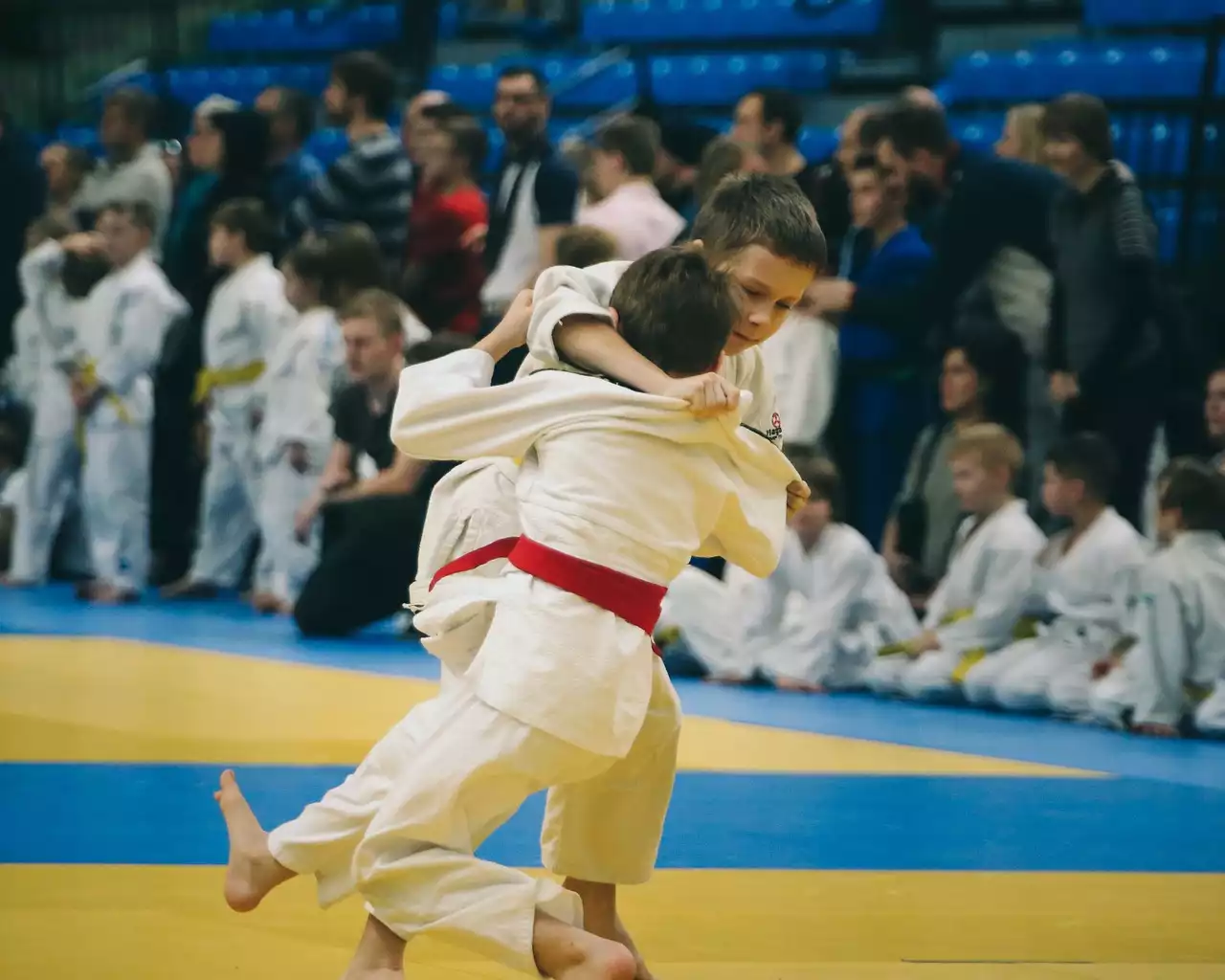Understanding the Anatomy of a Joint
Before we dive into the different types of joint locks used in Judo, it's important to understand the anatomy of a joint. A joint is where two bones meet, and it is held together by ligaments and cartilage. The joint is surrounded by muscles that allow it to move in specific directions. In Judo, the most common joints targeted for locks are the elbow, shoulder, wrist, hip, knee, and ankle.
When a joint lock is applied, the opponent's joint is manipulated to move beyond its normal range of motion. This causes pain and discomfort, making it challenging for the opponent to continue fighting. An effective joint lock can also cause damage to the ligaments, tendons, and other soft tissue around the joint.
Types of Joint Locks in Judo
There are various types of joint locks used in Judo, and each has a specific application. The most common types of joint locks in Judo are:
Arm Locks
Arm locks target the elbow joint, and they are used to immobilize or control an opponent. There are three main types of arm locks in Judo:
Straight Arm Lock (Juji Gatame) The straight arm lock is one of the most common locks in Judo. It involves straightening the opponent's arm and applying pressure to the elbow joint, causing pain and discomfort. This lock is usually applied from the mount or the guard position.
Bent Arm Lock (Ude Gatame) The bent arm lock is applied by bending the opponent's arm and applying pressure to the elbow joint. This lock is usually applied from the side control position.
Reverse Arm Lock (Ude Garami) The reverse arm lock involves twisting the opponent's arm and applying pressure to the elbow joint. This lock is usually applied from the top position, such as the mount or the side control.
Leg Locks Leg locks target the knee or ankle joint and are used to immobilize or control an opponent. There are two main types of leg locks in Judo:
Knee Lock (Kansetsu Waza) The knee lock involves applying pressure to the knee joint, causing pain and discomfort. This lock is usually applied from the top position, such as the mount or the side control.
Ankle Lock (Ashi Garami) The ankle lock involves applying pressure to the ankle joint, causing pain and discomfort. This lock is usually applied from the guard position.
How to Apply Joint Locks in Judo
To apply a joint lock in Judo, you must first control your opponent and secure the joint you want to lock. For example, to apply an arm lock, you must first control your opponent's arm and secure it in a position where you can apply pressure to the elbow joint.
Once you have secured the joint, you can apply pressure to it by using your body weight and leverage. The key to a successful joint lock is to apply pressure slowly and gradually, increasing the pressure until your opponent taps out or submits. It's important to note that joint locks can cause serious injury, so it's essential to apply them with caution and control.
Joint Locks and Their Effectiveness in Competition
Joint locks are a highly effective technique in Judo competition. If applied correctly, a joint lock can immobilize or control your opponent, giving you a significant advantage. In Judo competition, joint locks are used to secure a win by forcing the opponent to tap out or submit.
However, joint locks can be challenging to execute in competition as the opponent is aware of the risk and will do everything possible to prevent it from happening. To be successful with joint locks in Judo competition, you must be proficient in the technique and have excellent timing and positioning.
Joint Locks and Safety Concerns
Joint locks can cause serious injury if applied incorrectly or with excessive force. It's essential to practice joint locks under the guidance of a qualified Judo instructor and use caution when applying them in training or competition.
In Judo competition, joint locks must be applied with control, and the opponent must submit before any serious injury occurs. The International Judo Federation (IJF) has strict rules regarding the use of joint locks in competition to ensure the safety of the athletes.
Joint Locks in Self-Defense Situations
Joint locks are also an effective technique in self-defense situations. If you find yourself in a physical altercation, joint locks can be used to immobilize or control your attacker, allowing you to escape or call for help.
However, it's important to note that joint locks should only be used as a last resort in self-defense situations. If possible, it's always best to avoid physical confrontation and seek help from law enforcement or other authority figures.
Training for Joint Locks in Judo
To become proficient in joint locks in Judo, you must first master the fundamental techniques and develop a strong foundation in grappling and ground fighting. It's essential to train under the guidance of a qualified Judo instructor who can teach you the proper technique and help you develop the necessary skills.
In addition to regular Judo training, it's also helpful to practice joint locks with a partner who is willing to allow you to apply the lock slowly and gradually. This will help you develop your timing, positioning, and control.
Advanced Joint Lock Techniques in Judo
Once you have mastered the fundamental joint locks in Judo, you can begin to explore more advanced techniques. These techniques require a higher level of skill and timing and are used by advanced Judo practitioners.
Some of the advanced joint lock techniques in Judo include the flying armbar, the omoplata, and the gogoplata. These techniques are highly effective if executed correctly but require years of training and practice to master.
Joint Locks in Other Martial Arts
Joint locks are not unique to Judo and are used in various other martial arts, including Brazilian Jiu-Jitsu, Sambo, and Aikido. However, the application and execution of joint locks may differ depending on the martial art.
In Brazilian Jiu-Jitsu, for example, joint locks are used extensively in ground fighting, and the focus is on applying the lock quickly and efficiently. In Aikido, joint locks are used to redirect an attacker's energy and control them without causing injury.
In conclusion, joint locks are a crucial aspect of Judo and a highly effective technique in competition and self-defense situations. To become proficient in joint locks, you must develop a strong foundation in grappling and ground fighting and train under the guidance of a qualified Judo instructor. Remember to always use caution and control when applying joint locks, and seek help from law enforcement or other authority figures if possible in self-defense situations.









